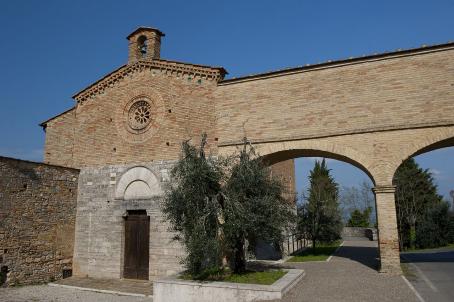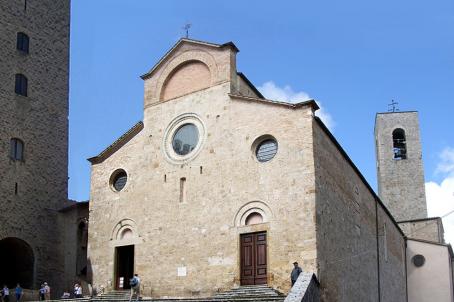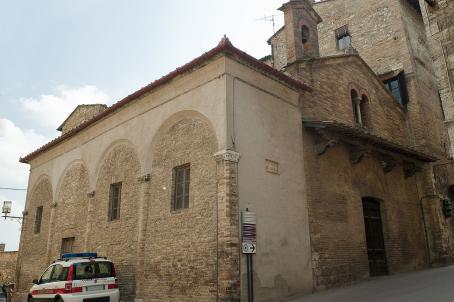Chiesa di Sant'Agostino
The church of Sant'Agostino is the second largest church in San Gimignano after the collegiate church. It was built in 1280 and completed in 1298. The church has features derived from Romanesque and Gothic architecture, with tri-lobed arch windows and an Augustinian cloister dating from the 15th century.






